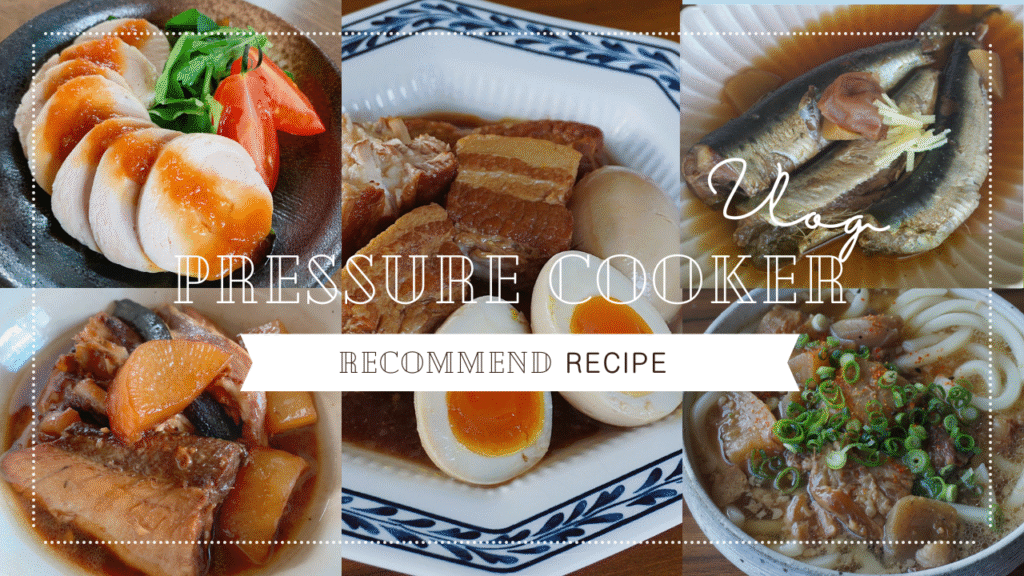
- Pressure Cooker( Atsuryoku nabe/ 圧力鍋 )
- About Pressure Cooker(Atsuryoku nabe)
- Recommended recipes using a Pressure Cooker(Atsuryoku nabe)
- Buta no kakuni (Braised pork belly)
- Beef stew
- Ohagi (Anko mochi)
- Doteni (Simmered beef tendon with miso)
- Taro soboroni (Simmered taro and ground chicken)
- Oshiruko ( Sweet Red Beans Soup)
- Beef tendon curry (Gyusuji curry)
- Tebamoto daikon (Chicken Wing and Radish Stew)
- Buri Sakamushi (Steamed Yellowtail)
- Borscht
- Tomato curry
- Gyusuji nikomi (Beef Tendon and Radish Stew)
- Tori Ham
- Iwashi Umeni (Simmered Sardin with Salted Japanese Apricot)
- Nikujaga (Japanese Potato and Beef Stew)
- Buri Daikon Aradaki (Simmered Yellowtail and Radish)
- Oden (Japanese hot pot dish)
Pressure Cooker( Atsuryoku nabe/ 圧力鍋 )
About Pressure Cooker(Atsuryoku nabe)
A Pressure Cooker (atsuryoku nabe) is a convenient cooking appliance that can soften food in a short amount of time. In addition to stewing, you can also steam ingredients and cook rice.
There are two types of pressure cookers: “pressure cookers” that heat on a gas stove or IH stove, and “electric pressure cookers” that use electricity. T-Fal and Fissler are well-known, but there are many other manufacturers that sell them.
Pressure is expressed in kPa, and the higher the kPa, the higher the temperature inside the pot and the shorter the cooking time.
The pressure cooker I use is a T-fal “Clipso Minut Easy”. The content is 4.5L. This is 65kPa, and it takes 5 minutes to steam vegetables and 25 to 30 minutes to soften the bones of fish. Although it does not have high specs, it has been working successfully for many years without any failures.
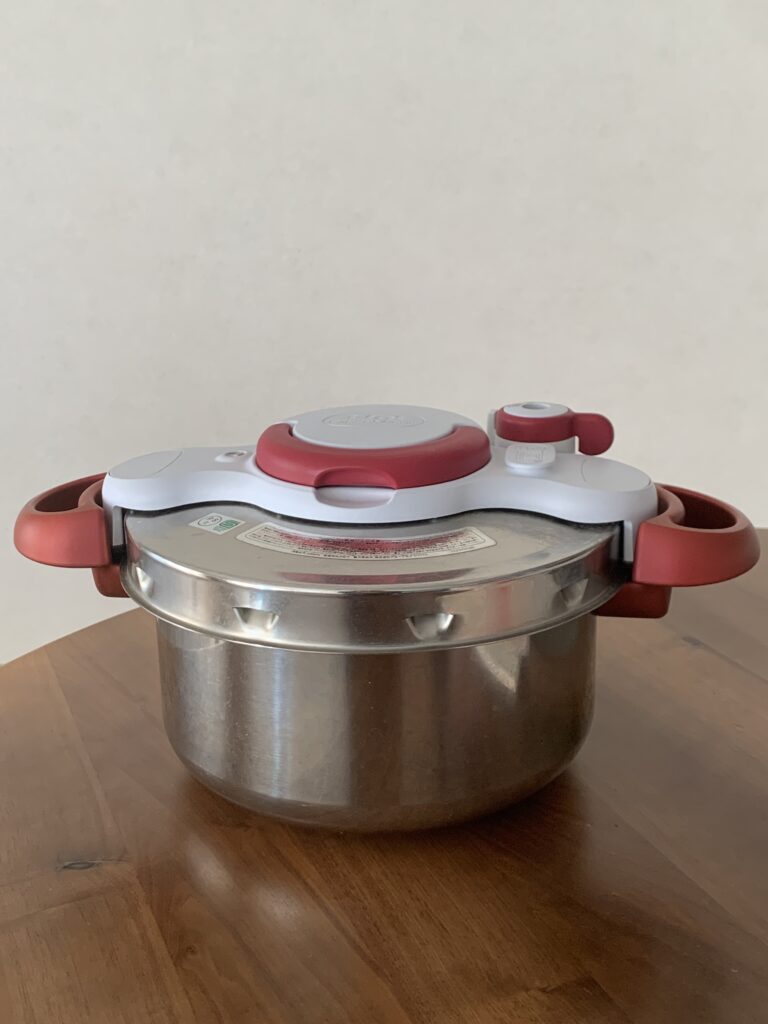
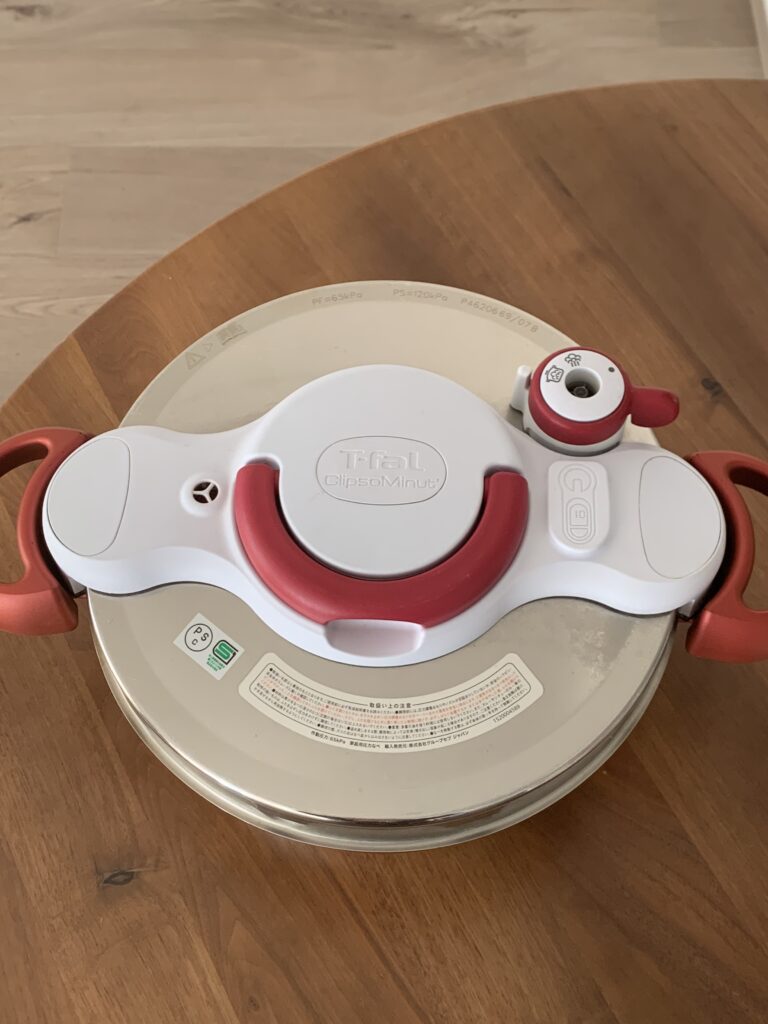
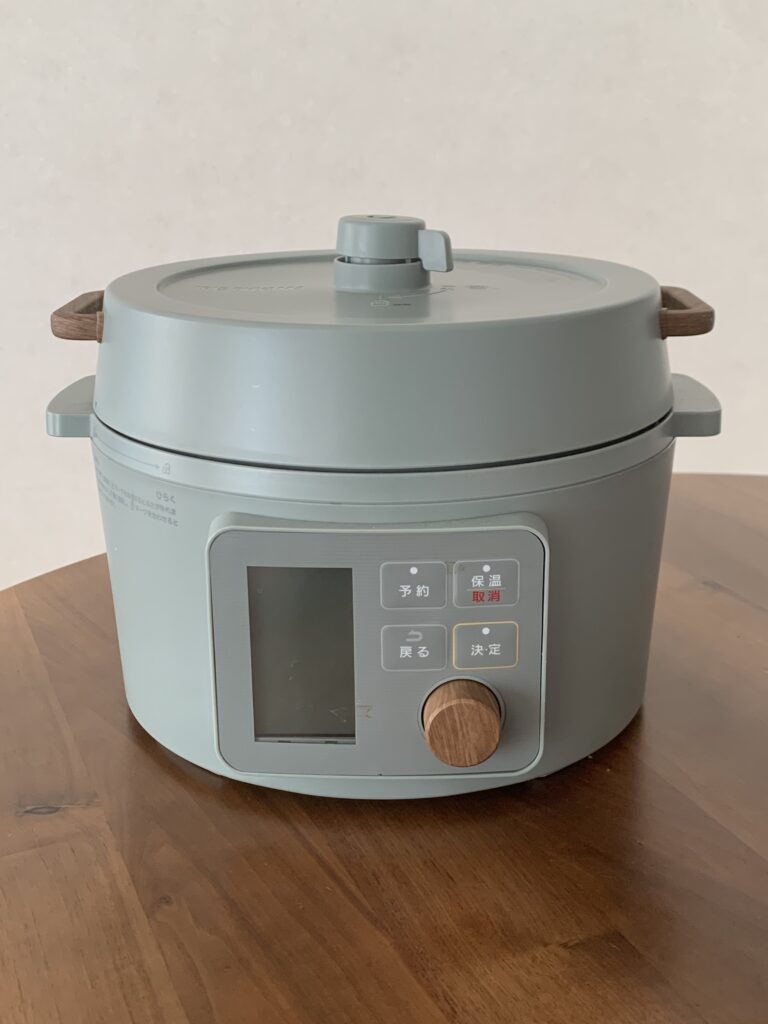
Iris Ohyama’s electric pressure cooker (KPC-MB3) has a pressure of 70kPa and a capacity of 3.0L. I like that it doesn’t emit steam while cooking. Also, it is very convenient that the cooking time is displayed on the screen, including the time until the pressure is released.
Next time I buy one, I’d like to get a high-pressure model of 100-150kpa.
Pressure cookers can only be filled with ingredients up to about 2/3 of the pot. Legumes should be cooked in less than 1/3 quantity. It is said that around 2.5L is suitable for a person living alone, and around 3-5.5L for two or more people.
Also, if you are using an IH cooking heater, please note that you will not be able to use it unless you choose an IH compatible pressure cooker.
Recommended recipes using a Pressure Cooker(Atsuryoku nabe)
Here are some recommended recipes using a Pressure Cooker (Atsuryoku nabe). Please see the individual articles for detailed recipes.
Buta no kakuni (Braised pork belly)
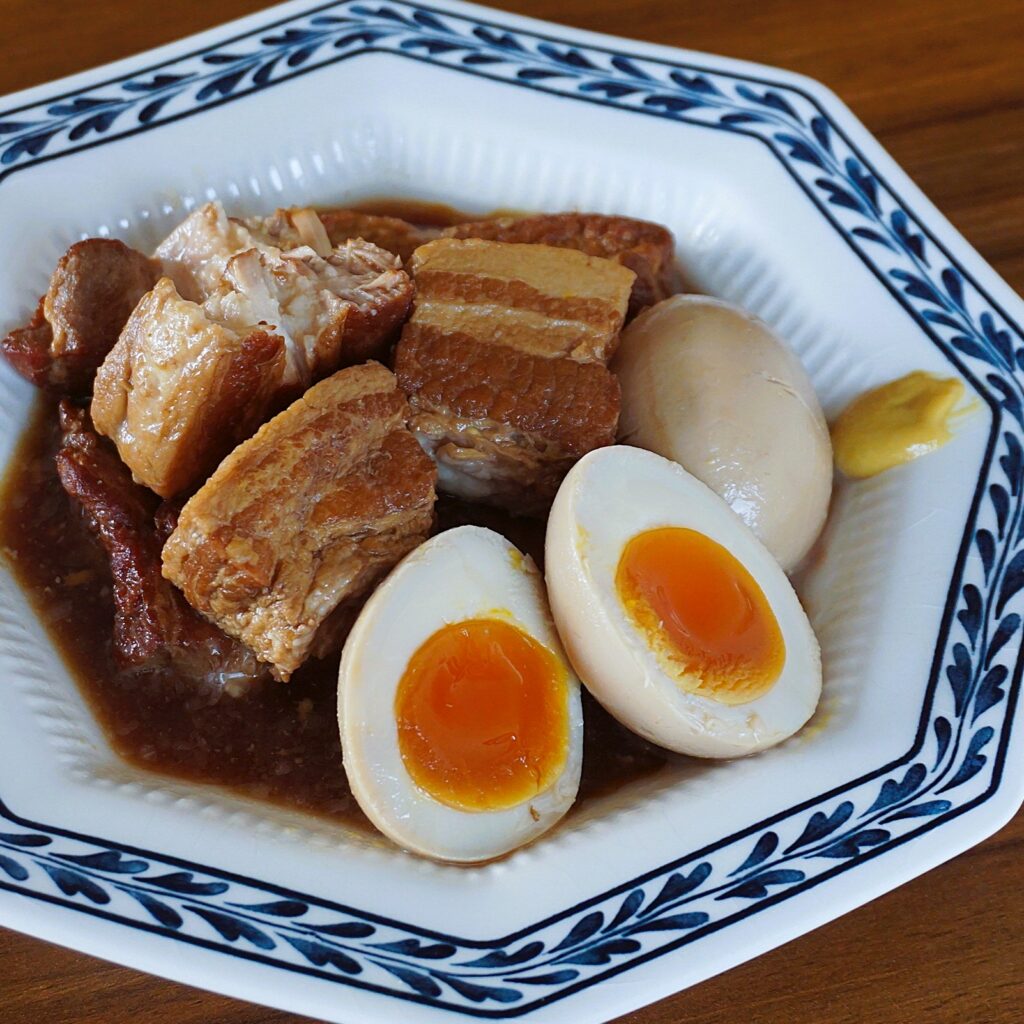
It’s no exaggeration to say that for people who have purchased a pressure cooker, the number one dish they want to make is braised pork belly (kakuni).
It takes a very long time to make authentic braised pork belly (kakuni) using a regular pot, but with a pressure cooker, you can transform pork into a melt-in-your-mouth texture in just 30 minutes.
With its unique texture and rich flavor, it’s a dish you’ll want to eat again and again.
Beef stew
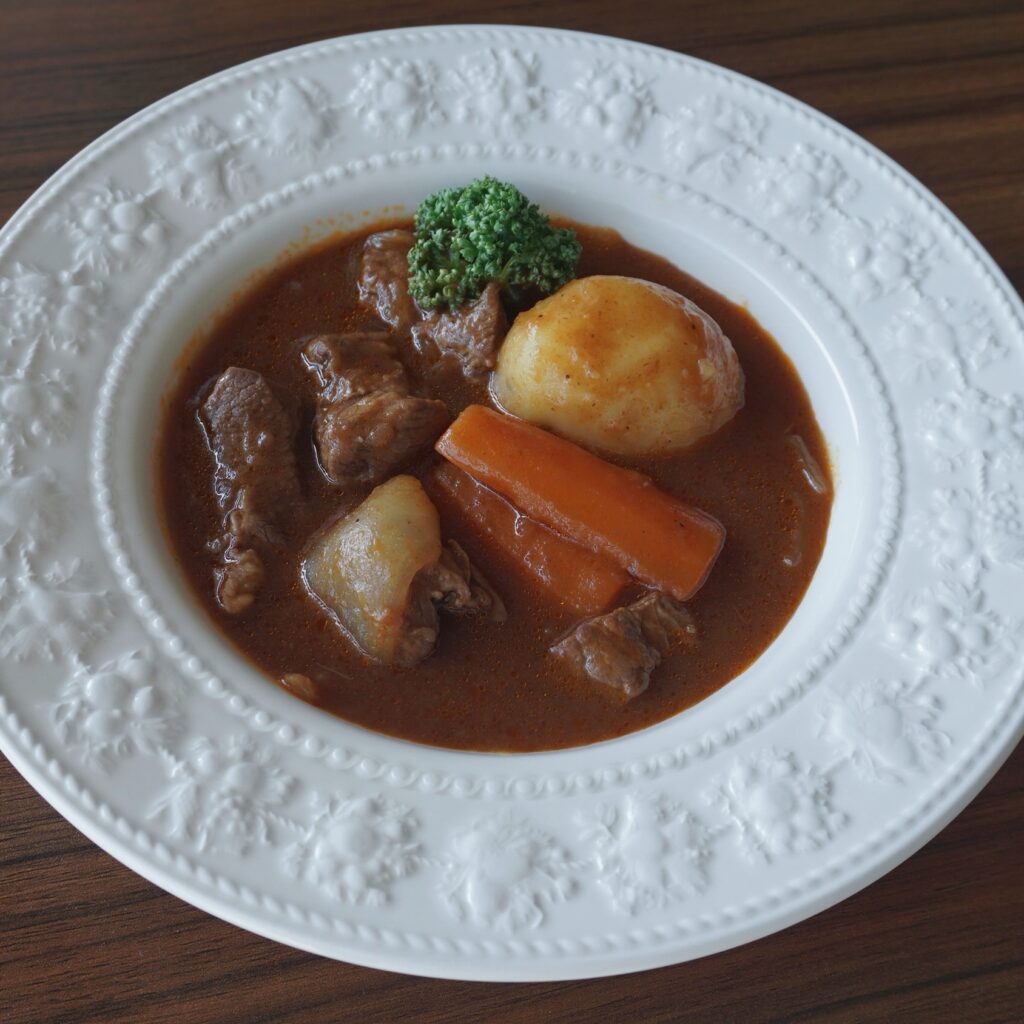
Beef stew can also be made in a pressure cooker to shorten cooking time.
Even inexpensive beef can be simmered until tender, and large chunks of vegetables can be cooked quickly and evenly.
When making a viscous dish like this, the key is to add the roux after the pressure in the pressure cooker has been released.
Ohagi (Anko mochi)
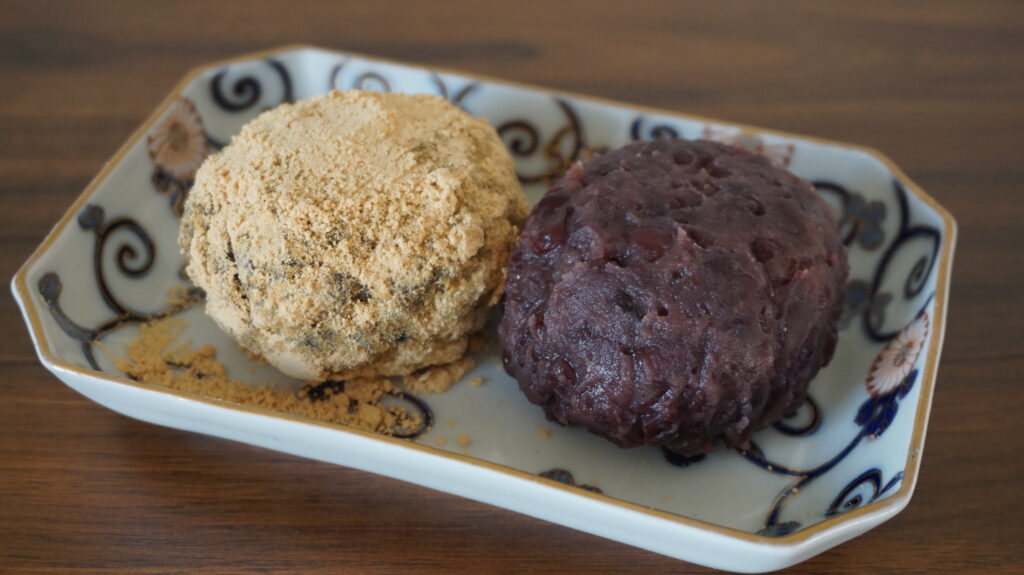
Ohagi is a traditional Japanese sweet. It is made by wrapping glutinous rice in anko (red bean paste).
Before I tried making it for the first time, I imagined it would be a complicated dish, but it’s actually very easy to make.
Be sure to try your hand at making Wagashi.(*ˊᵕˋ)♡‧₊
Doteni (Simmered beef tendon with miso)
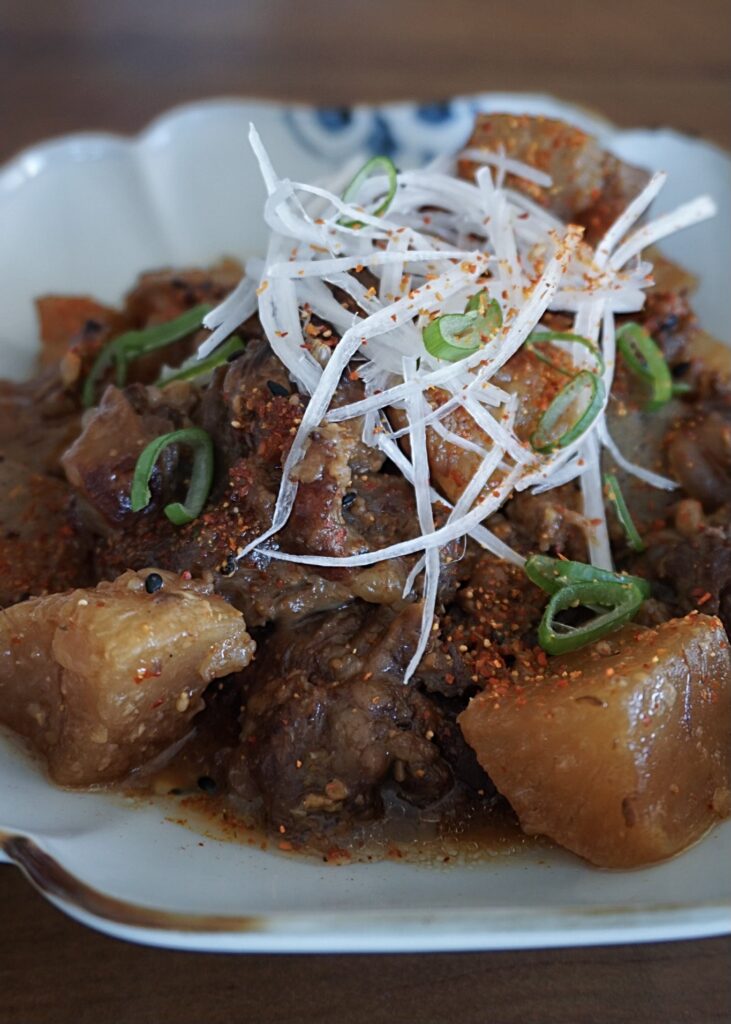
Doteni is a dish made by simmering motsu (pork or beef innards), vegetables, and konnyaku with mame miso, and is one of Nagoya’s representative local dishes.
This recipe uses beef tendon (gyusuji), which is an ingredient that is extremely well suited to cooking in a pressure cooker.
The great thing about cooking with a pressure cooker is that it not only shortens cooking time, but also allows you to easily try out ingredients that you don’t normally use!
Taro soboroni (Simmered taro and ground chicken)

Soboroni is a word that refers to simmered dishes using ground meat. In this recipe, taro potato and ground pork are simmered in a pressure cooker.
It’s a great dish to warm your body in the winter!
Daikon radish is also a good choice instead of taro, but if you use pumpkin, use a regular pot instead of a pressure cooker as the pumpkin is soft and will fall apart.
Oshiruko ( Sweet Red Beans Soup)
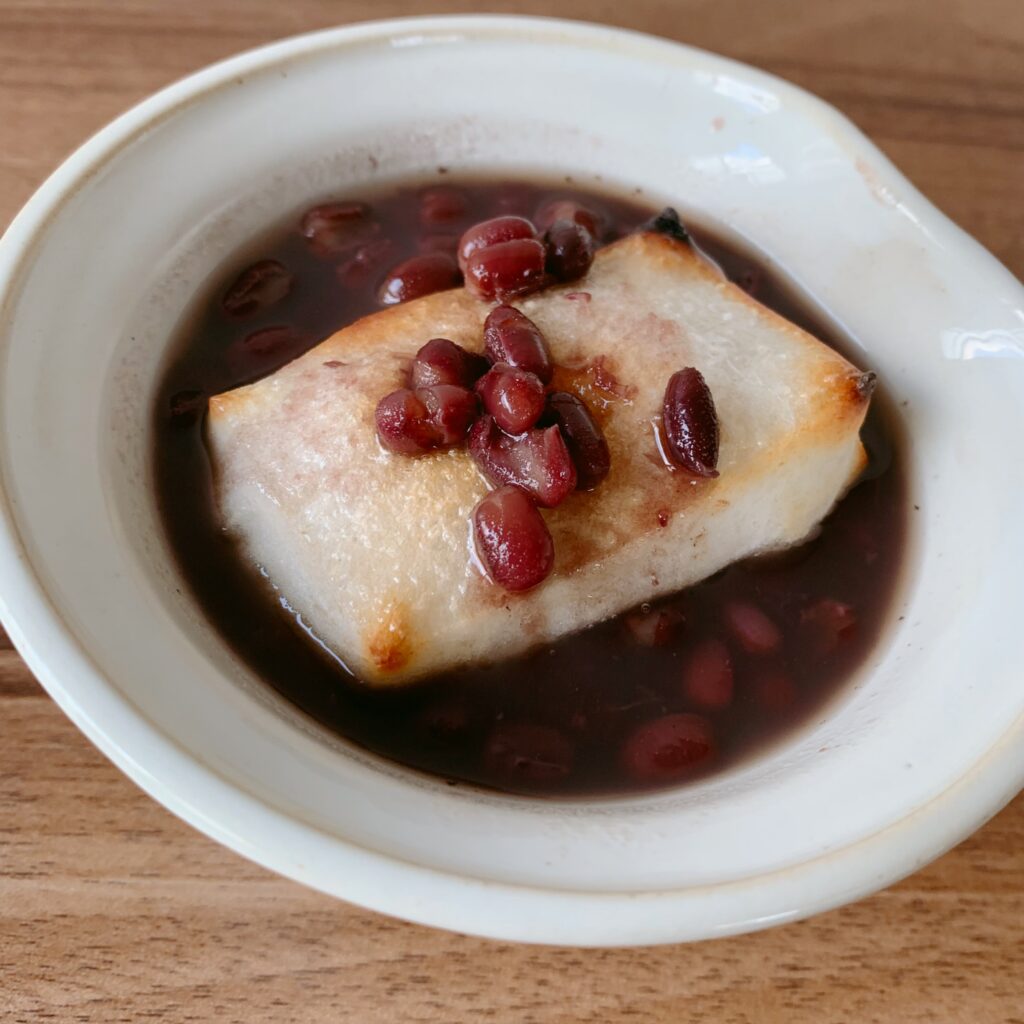
Oshiruko is a Japanese dessert made of sweet red bean soup topped with roasted mochi rice cakes, also known as zenzai.
Because it takes a long time to soften azuki (red beans), cooking them in a pressure cooker is very efficient.
However, cooking large amounts of beans can be dangerous.
If you’re using a pressure cooker with a capacity of around 3-4.5L, the appropriate amount of beans to cook at a time is around 150-200g.
Beef tendon curry (Gyusuji curry)
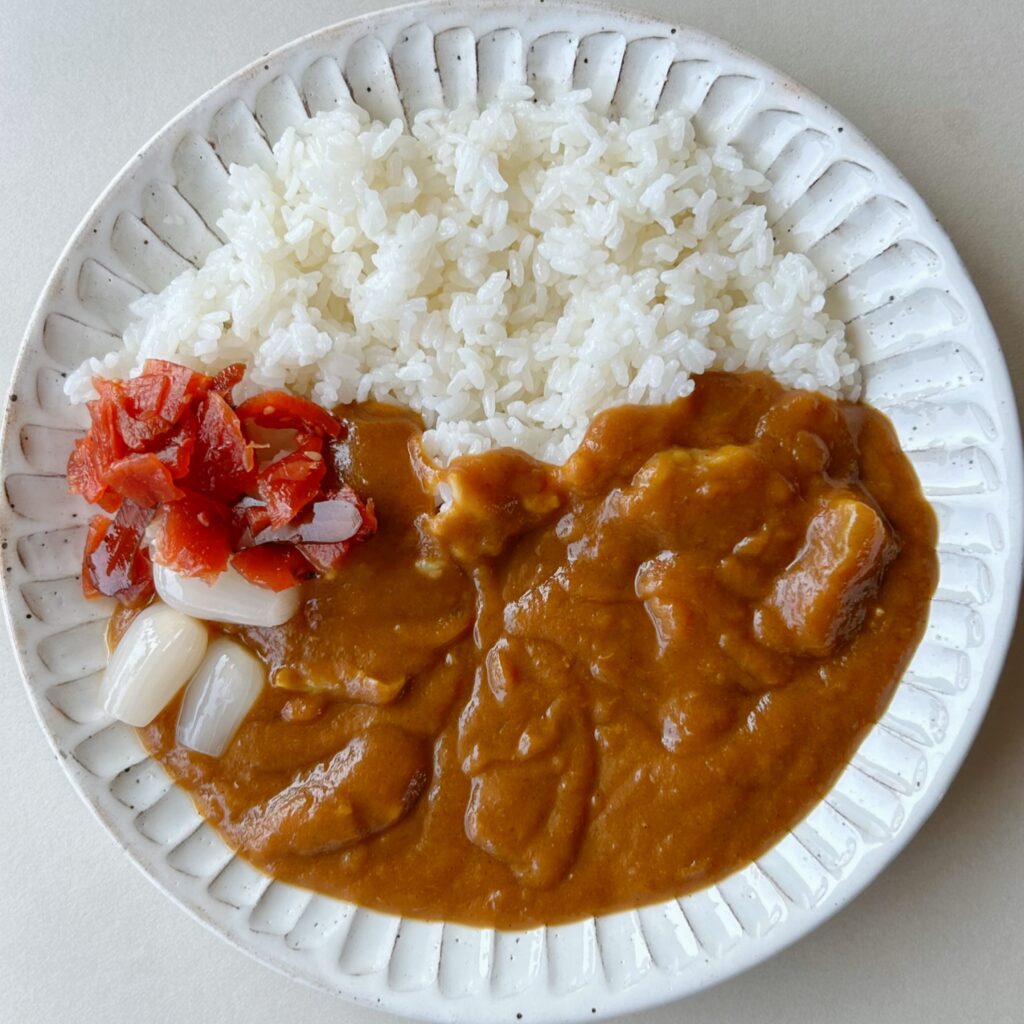
This gyusuji curry (beef tendon curry) is worth the time and effort it takes to make.
My recommended roux for making Japanese curry is a mix of Java curry and Vermont curry! The combination of spicy Java curry and sweet Vermont curry is the best!
Enjoy the melt-in-your-mouth texture of gyusuji♡
Tebamoto daikon (Chicken Wing and Radish Stew)
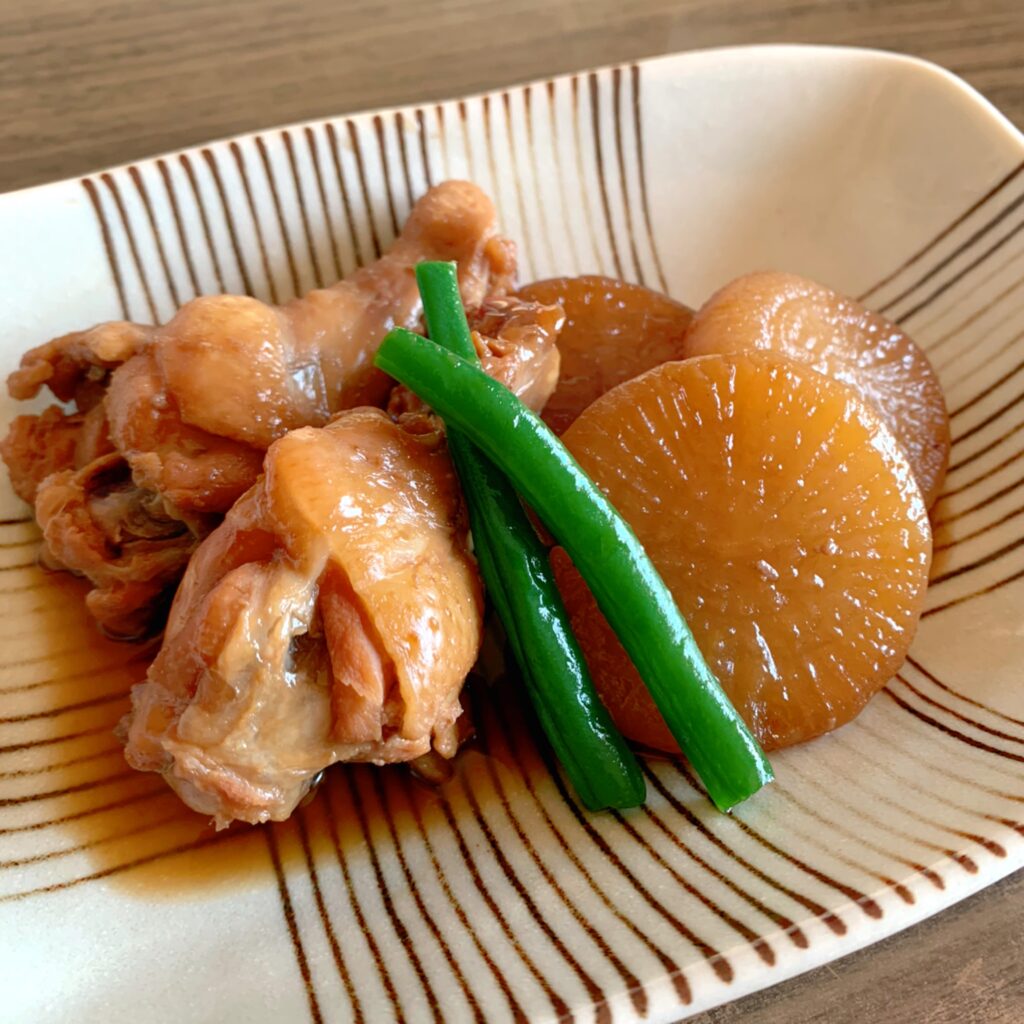
This dish is made by simmering chicken wings and daikon radish and seasoning it with black vinegar, soy sauce, and sugar.
It takes time to boil daikon radish. If you simmer tebamoto (chicken wings) at the same time, the meat will become dry.
By cooking in a pressure cooker, the cooking time is shortened and both the meat and daikon radish become tender and soft.
We recommend using rich-flavored black vinegar for this dish.
Buri Sakamushi (Steamed Yellowtail)
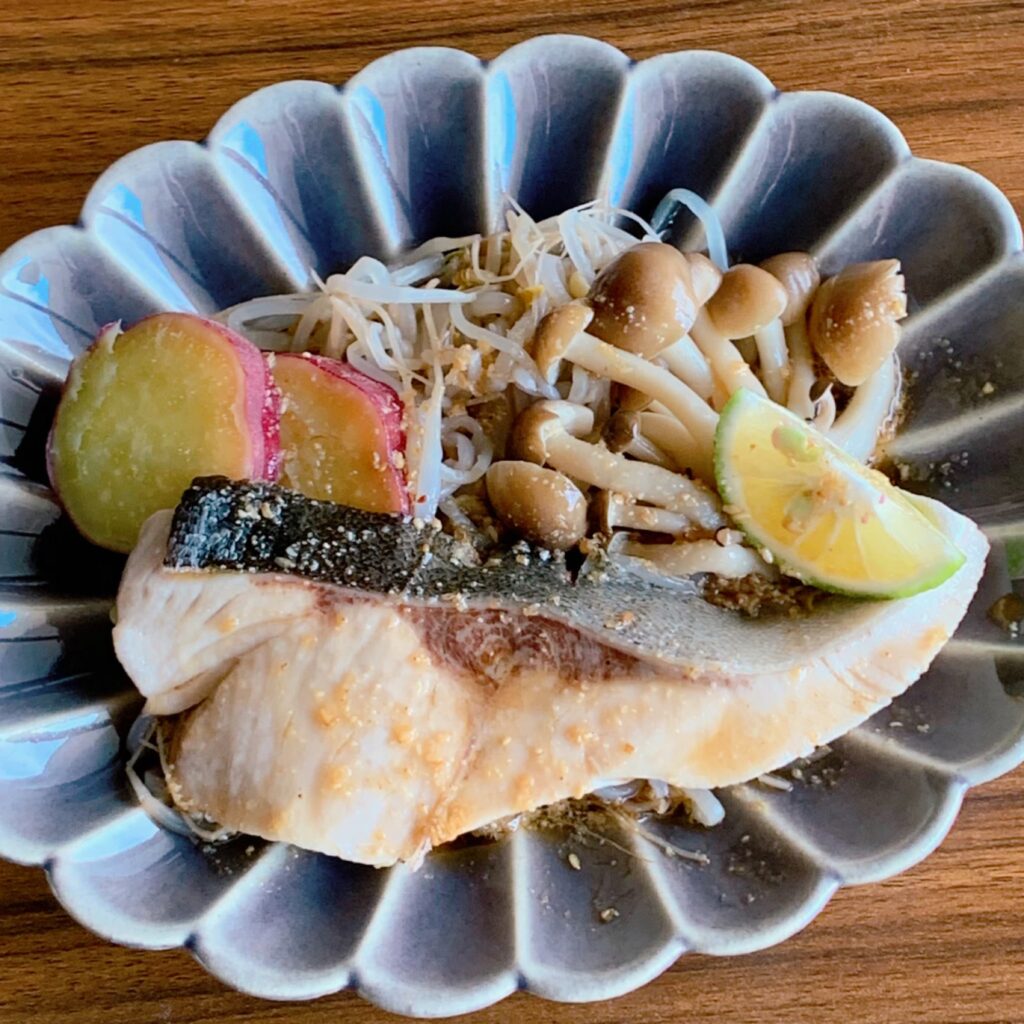
Sakamushi is a cooking method in which ingredients are sprinkled with sake and steamed.
The sake makes the fish plump and soft, with no unpleasant odor.
Yellowtail in particular becomes tough if cooked for a long time, so shortening the cooking time using a pressure cooker makes sense for enjoying it to the fullest.
Borscht
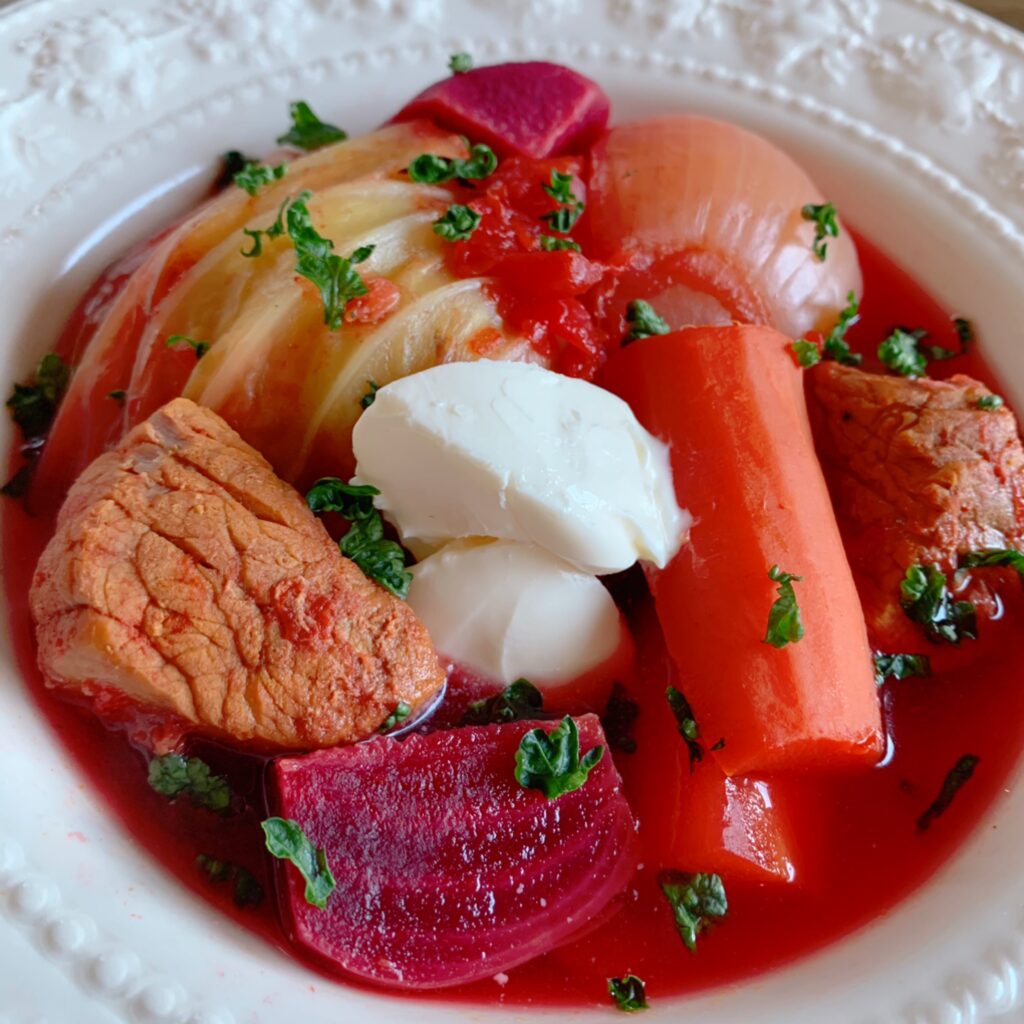
Borscht is known as one of the three great soups in the world.
This recipe has been slightly adapted to make it easier for Japanese people to eat.
Beets are a popular superfood, so be sure to give them a try.
Tomato curry
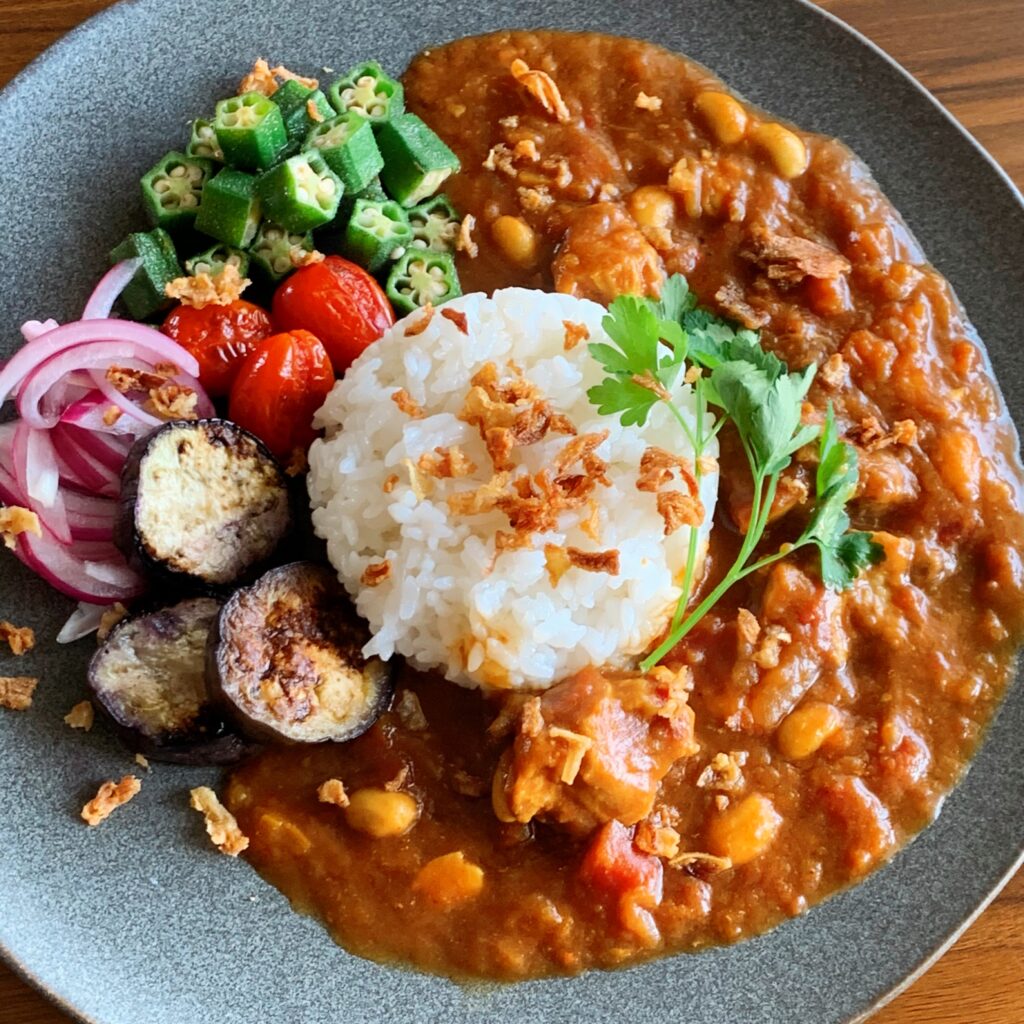
This tomato curry uses tomatoes instead of some of the curry roux, making it healthy and low in salt and fat.
Also, it uses healthy soybeans instead of potatoes.
By blending carrots and onions in a blender, you can make a thick curry using just a small amount of roux.
Blending chicken and soybeans in a blender will make the curry whitish, so it’s not recommended to use a blender.
Gyusuji nikomi (Beef Tendon and Radish Stew)
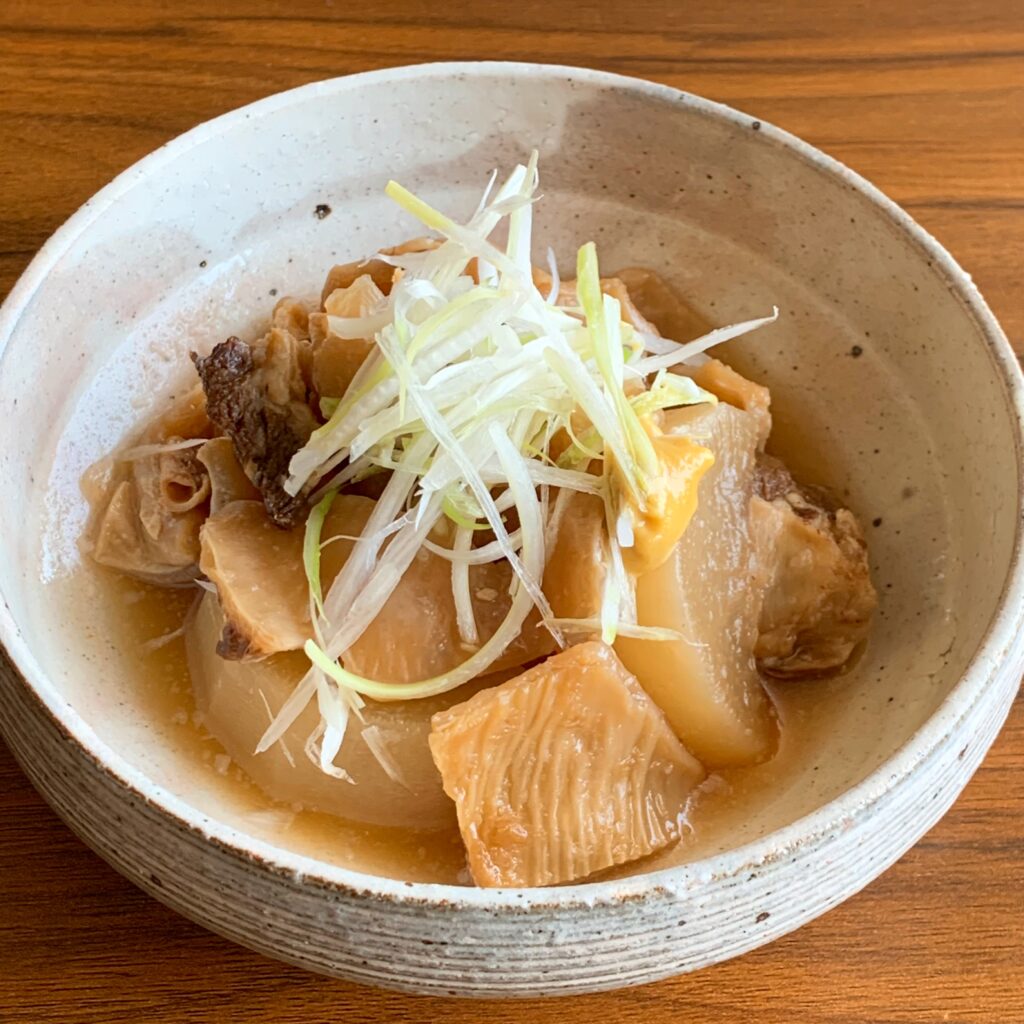
If you have a pressure cooker, please try our “daikon radish and beef tendon (gyusji) stew.” You will be shocked by the texture and flavor of this dish.
The lye contained in meat, fish, and vegetables can be unpleasant for some people. For this reason, sheets that remove lye are sold.
Some lye removal sheets may block the ventilation holes. Be sure to use sheets that can be used in pressure cookers.
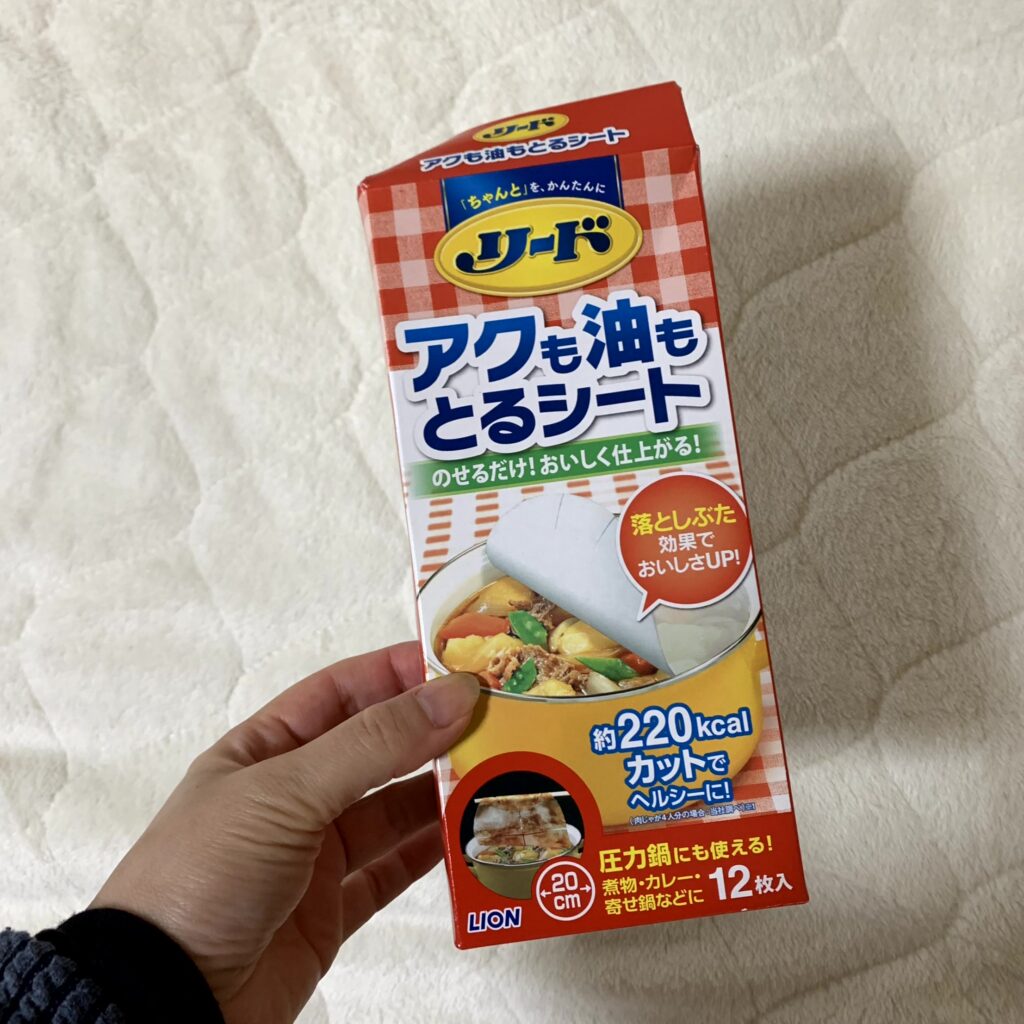
Tori Ham
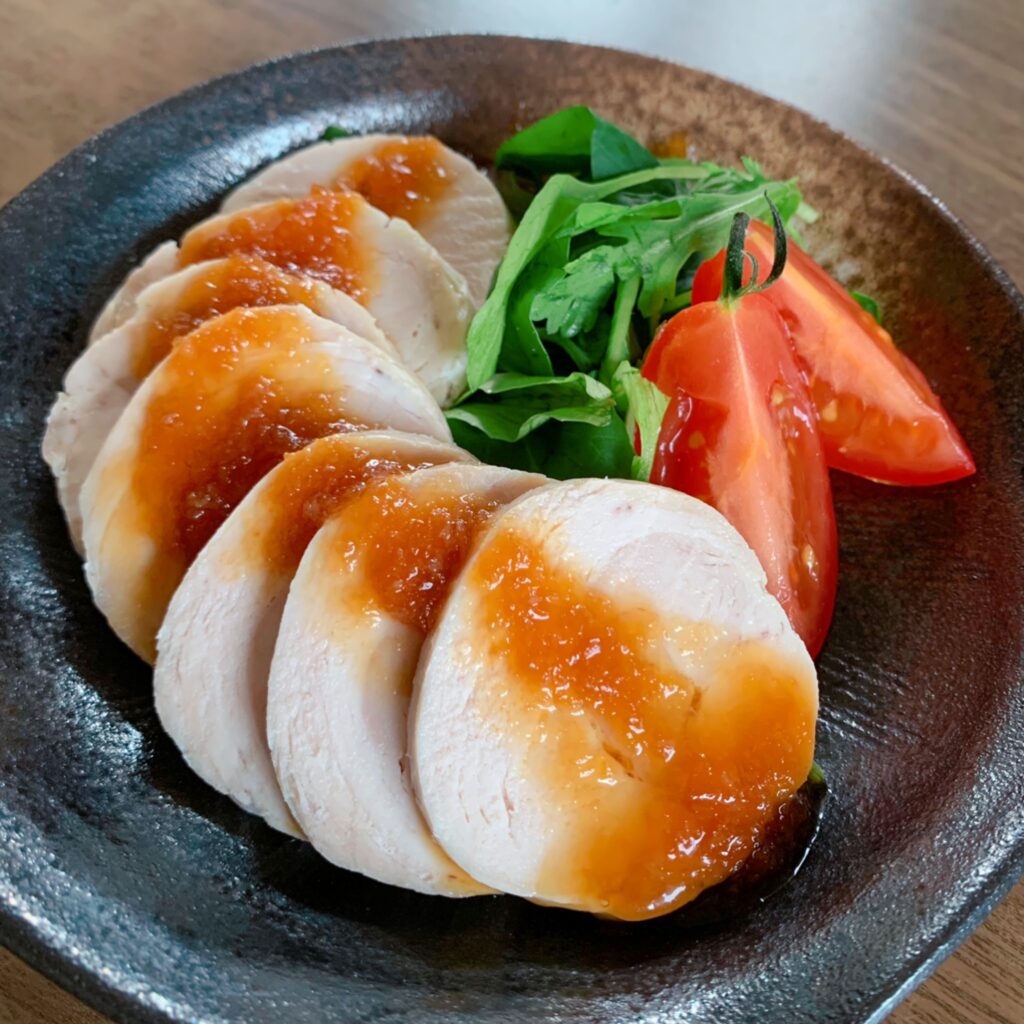
This is a popular recipe for Tori ham (steamed chicken breast).
Moist and tender chicken ham is perfect for a variety of occasions, from salads to sandwiches.
I love this chicken and have made it many times, changing the flavor with garlic, herbs, rock salt, etc.
Iwashi Umeni (Simmered Sardin with Salted Japanese Apricot)
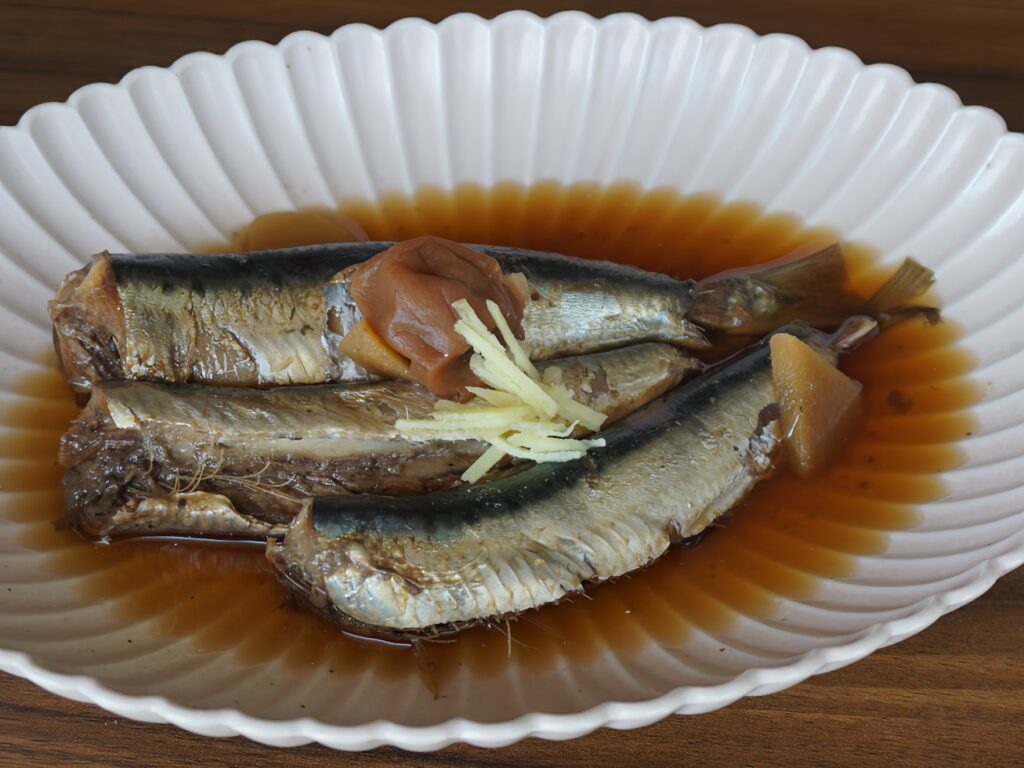
I simmered sardines (iwashi), umeboshi and ginger in soy sauce.
Using a pressure cooker will soften even the small bones of the sardines so that they are edible.
A menu rich in nutrients that are good for the body, such as calcium, IPA, and EPA.
Nikujaga (Japanese Potato and Beef Stew)
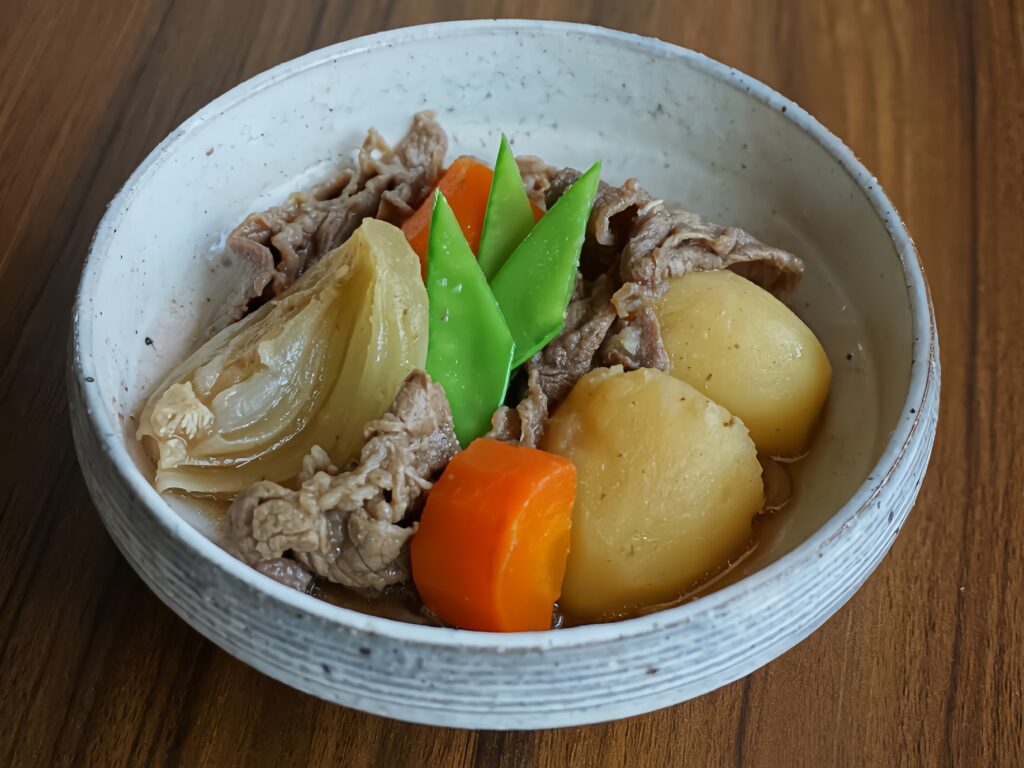
Nikujaga is beef and potatoes simmered in soy sauce and sugar, and is one of Japan’s traditional home-cooked dishes.
Cooking in a pressure cooker makes it possible to use inexpensive meat and make it tender. It also cooks ingredients evenly in a short amount of time, preventing the potatoes from melting.
Buri Daikon Aradaki (Simmered Yellowtail and Radish)
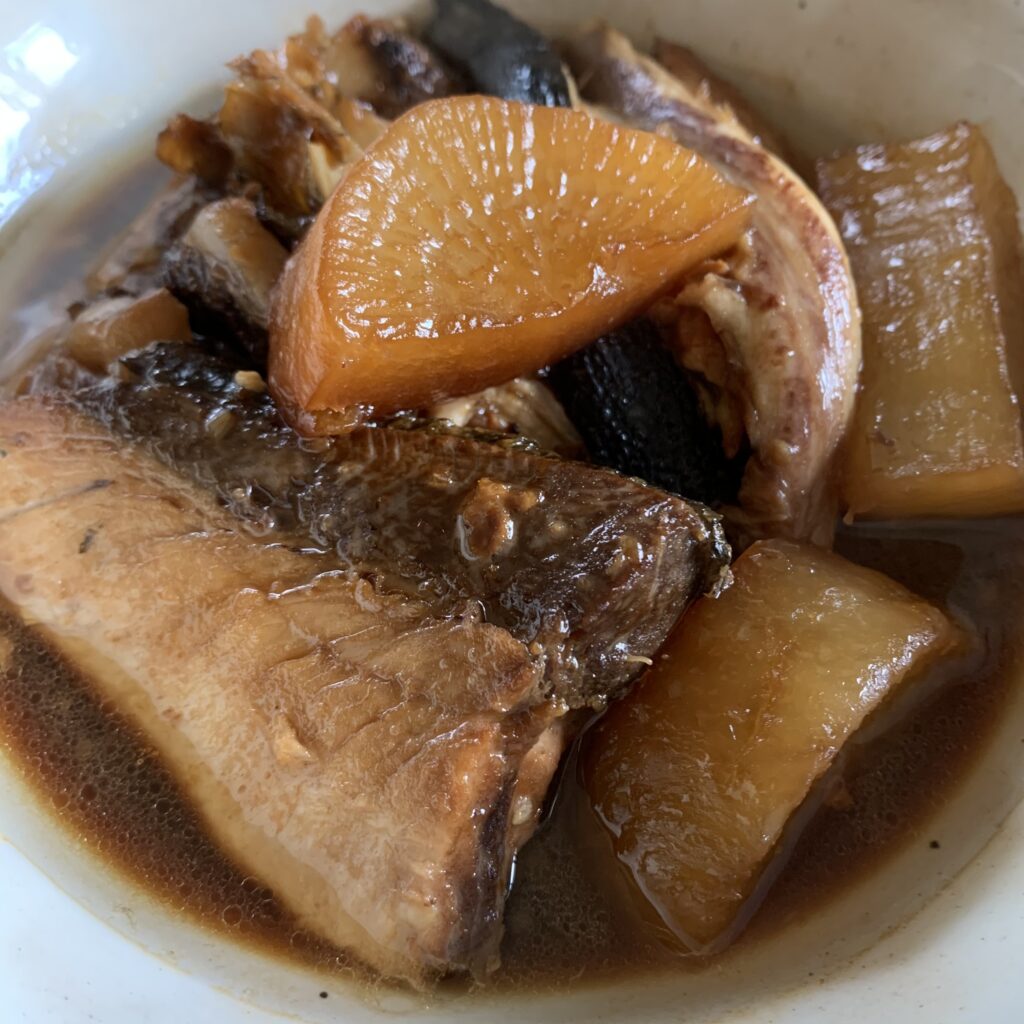
This is a delicious fish dish perfect for winter. Seasonal yellowtail ara(head and bones parts) and Japanese daikon radish are simmered in a pressure cooker.
When cooking fish, soak it briefly in boiling water before placing it in the pressure cooker. This will remove any fishy odor and prevent the flesh from falling apart.
Oden (Japanese hot pot dish)
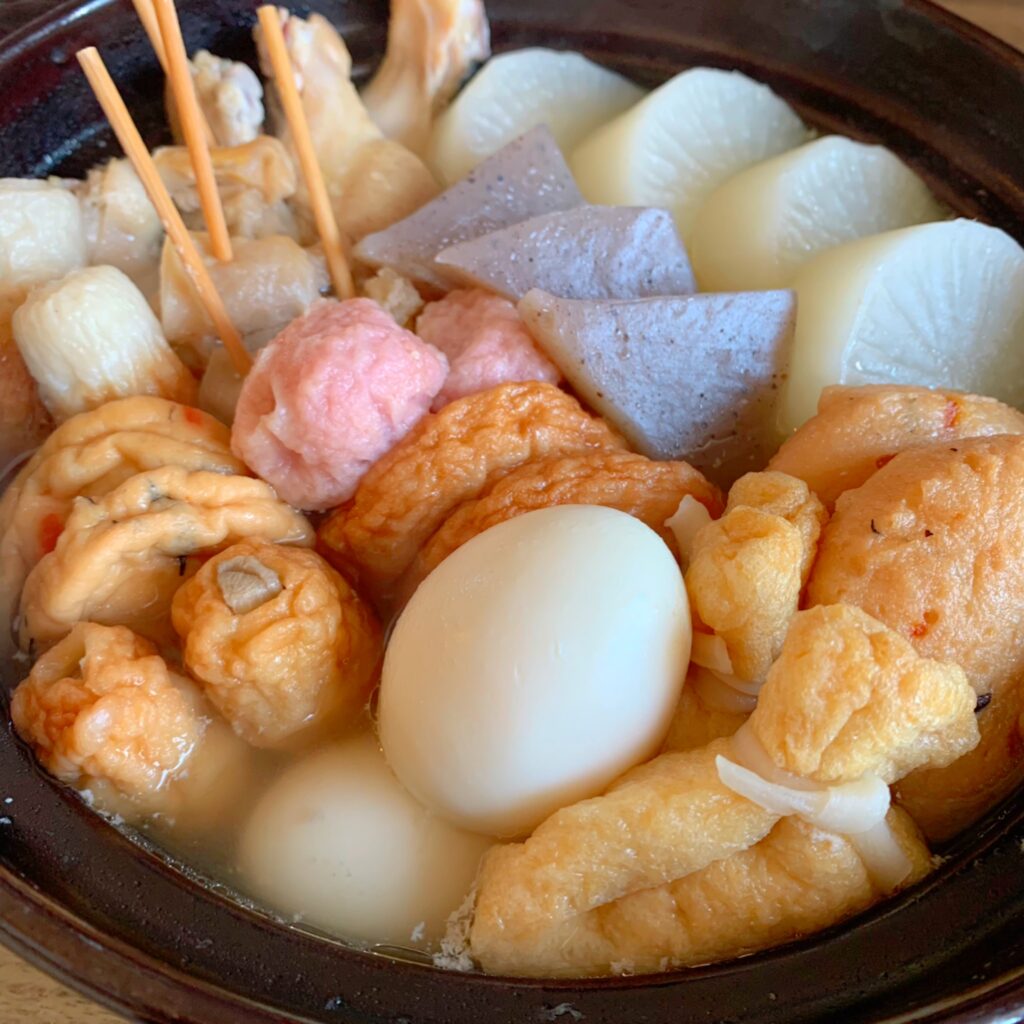
Oden is a type of classical hot pot dish. Japanese Oden soup recipe requires only four ingredients. It will warm your body and soul in cold winter.
When I make oden, I prepare the daikon radish, gyusuji (beef tendon), and tebamoto (chicken wings) in a pressure cooker, then simmer them with the other ingredients in a clay pot.
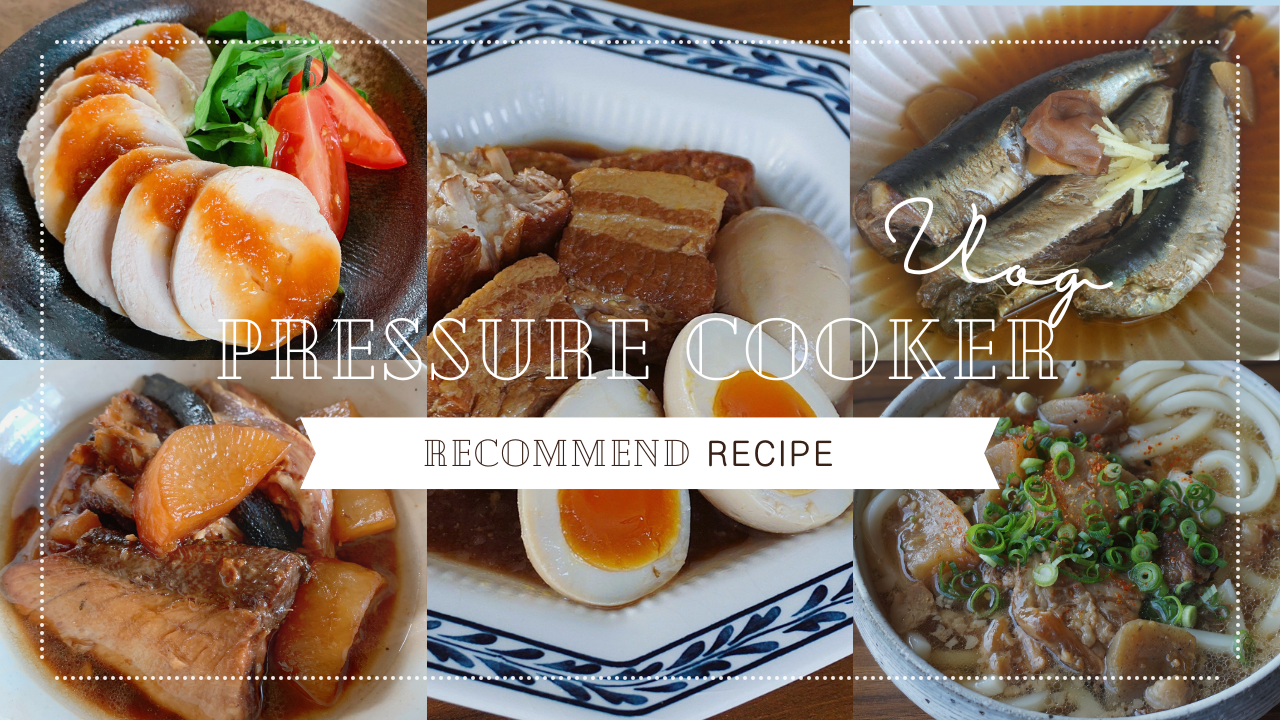


コメント